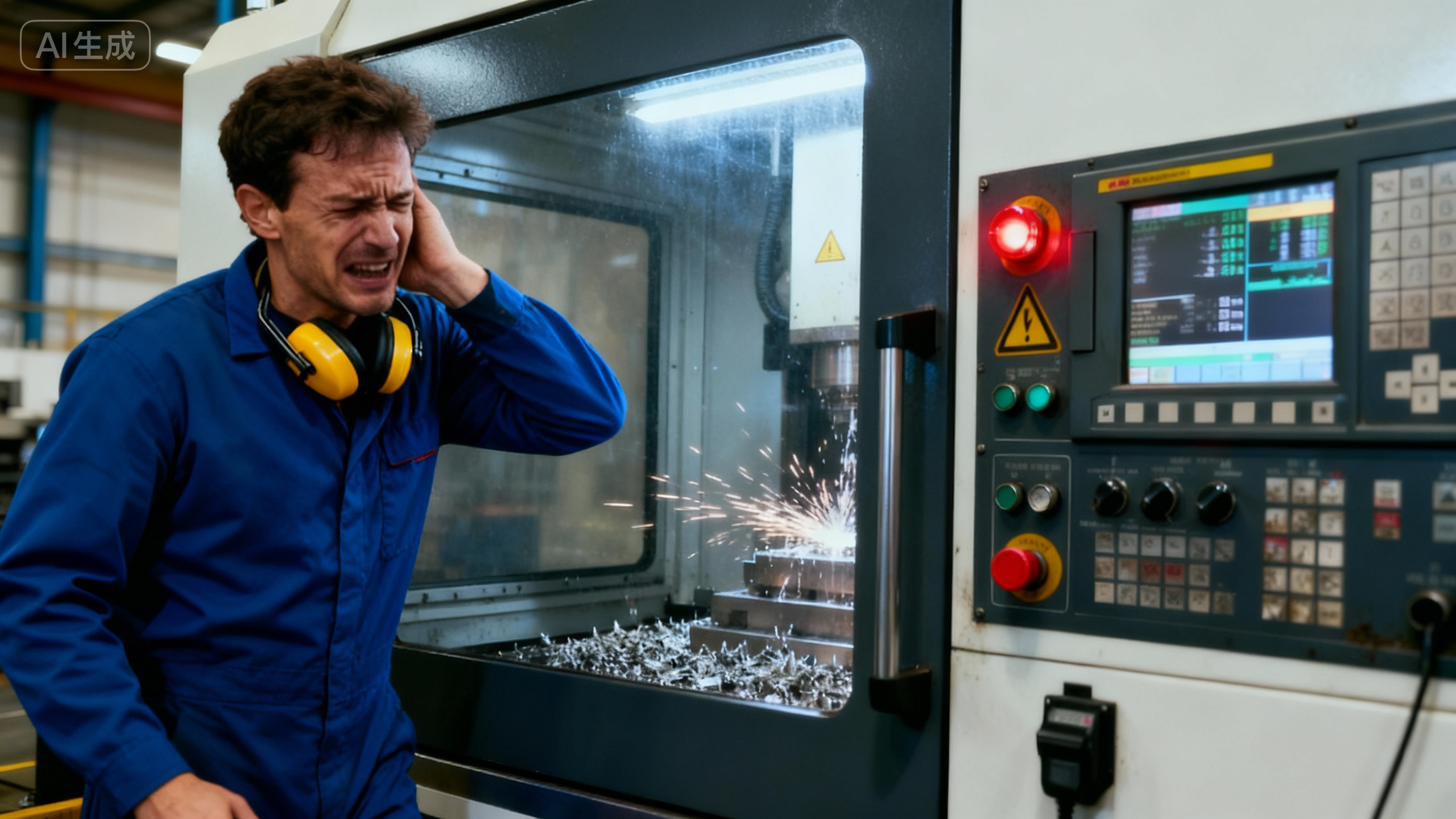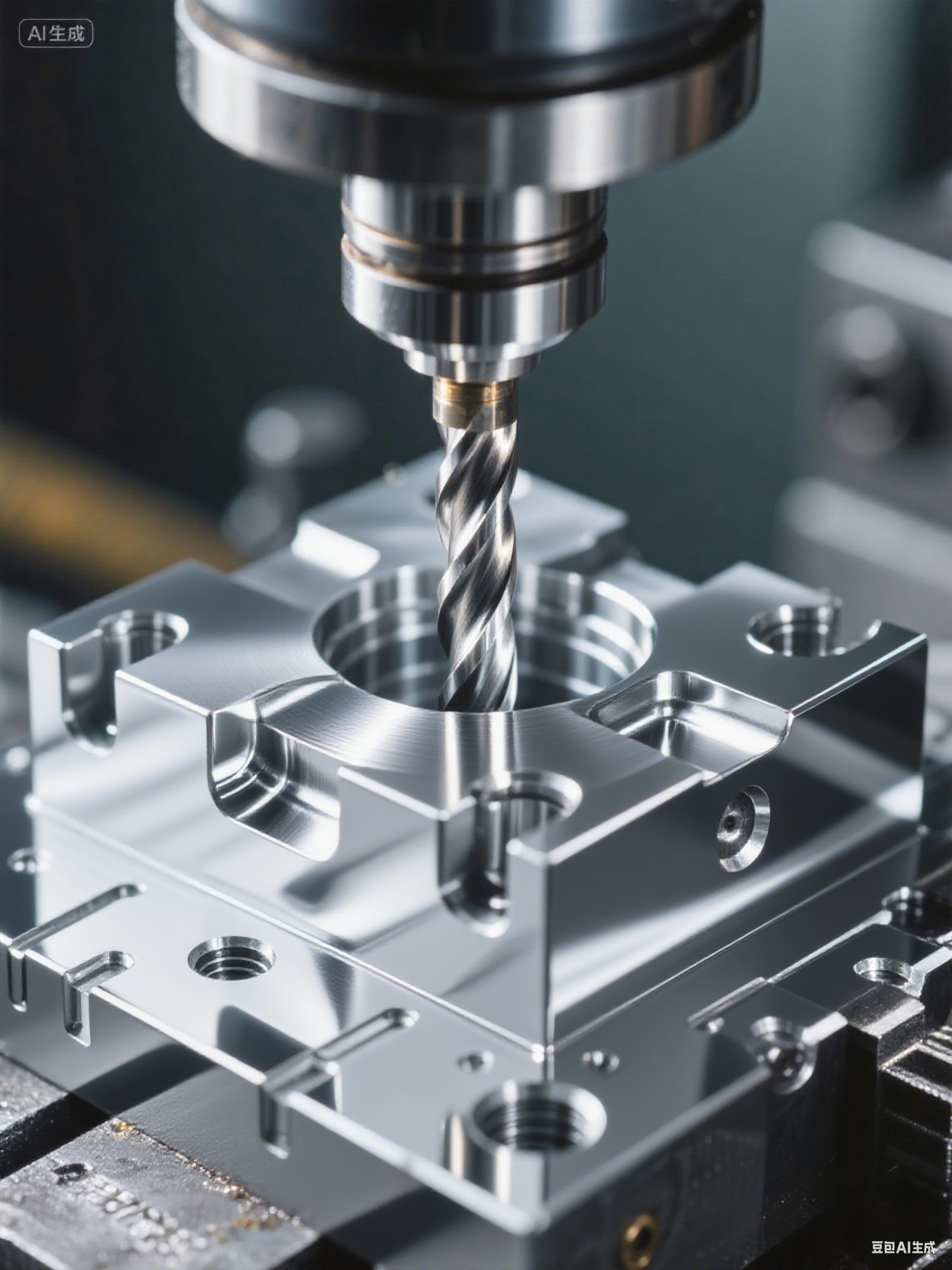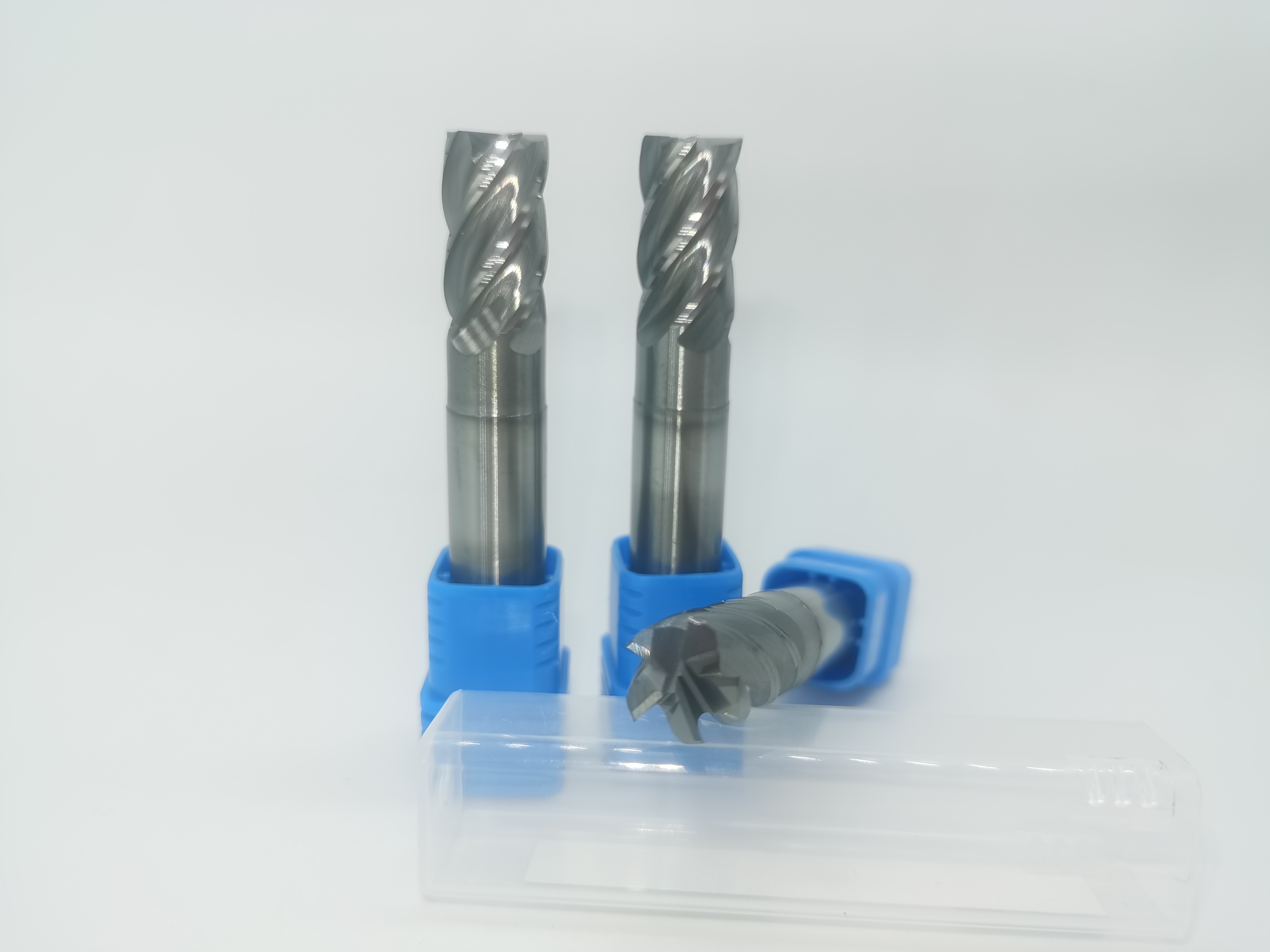Understanding Carbide Drill Bits in Seconds
China's "Made in China 2025" initiative targets localizing high-end tools, aiming for over 60% domestic production of high-grade CNC system components, including drill bits, to gradually replace imported custom carbide tools, which currently have a significant share in CNC machining. Here's a quick look at the pros, cons, potential, and usage tips for carbide drill bits:
Hardness: Carbide drill bits boast an HRA of 90-93 (roughly HRC 70-80), significantly harder than even the toughest powder metallurgy high-speed steel (around HRC 60-70). This hardness translates to far better wear resistance, especially on materials above HRC 40-45 (where HSS is not recommended).
Heat Resistance: Carbide retains its hardness at 800-1000°C, while powder metallurgy HSS softens above 600°C. Temperature is a key factor in tool life.
Lifespan: Combining hardness and heat resistance, carbide drill bits offer a geometrically higher lifespan compared to HSS.
Efficiency: For low-alloy steel, carbide drills can reach cutting speeds of 80-120m/min, versus 30-40m/min for powder metallurgy HSS, potentially tripling overall efficiency. Carbide also provides better hole accuracy, straightness, and surface finish due to its superior rigidity and resistance to deformation.
Carbide Drill Bit Drawbacks:
- High Machine Requirements: Carbide drills need rigid, high-speed CNC machines (8000 RPM+).
- High Clamping Accuracy: Runout exceeding 0.02mm can easily cause breakage, so keep runout under 0.01mm for small diameters.
Huge Potential: The booming demand in new energy vehicle battery casings, motor housings, and aerospace (titanium and high-temperature alloys) heavily relies on carbide tools.
Changzhou QT TOOLS is seeking global industrial tool suppliers for collaboration to tap into this vast market.





